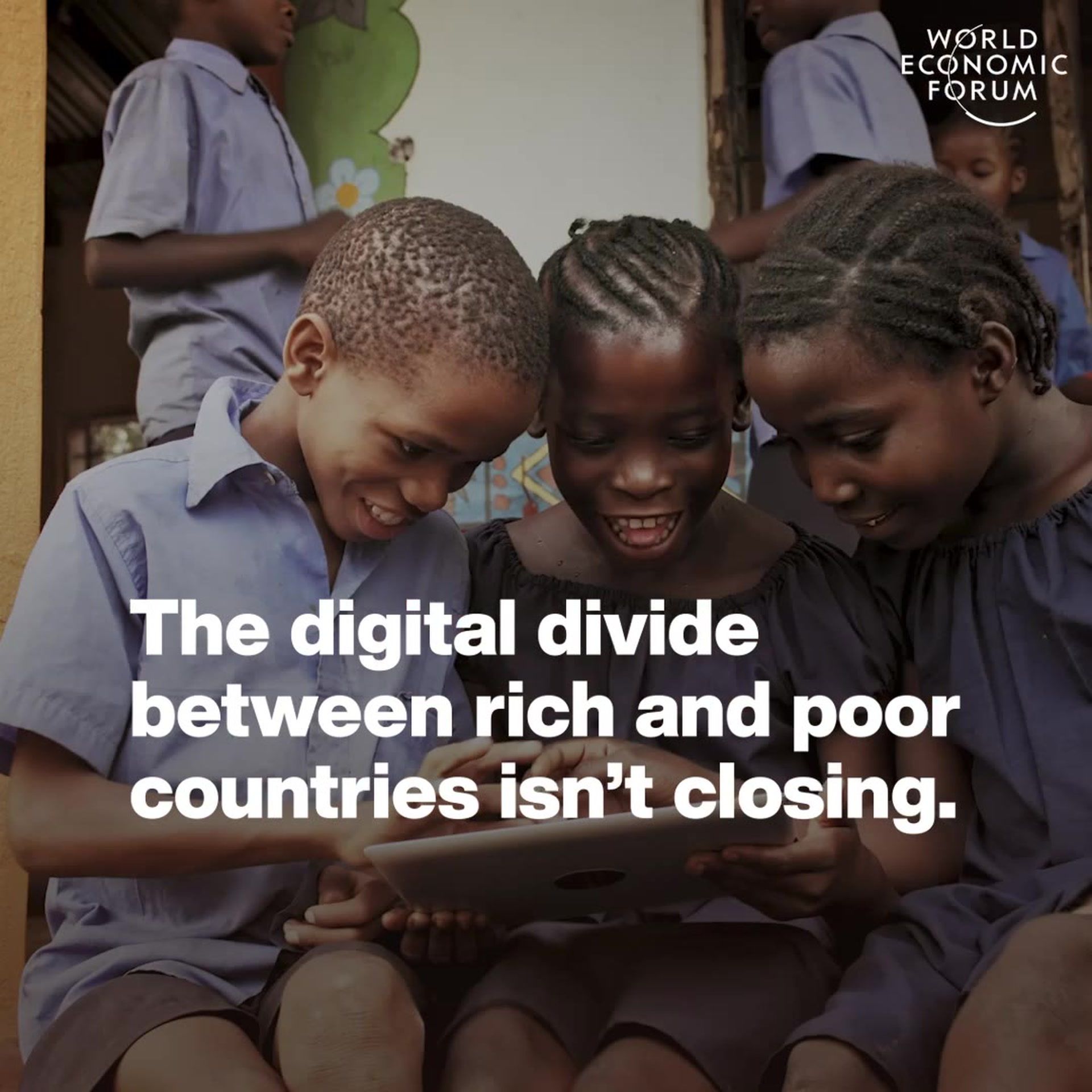Video: Will bionics lead to the end of disability?


Get involved with our crowdsourced digital platform to deliver impact at scale
Stay up to date:
Fourth Industrial Revolution
Hugh Herr is changing the way we think about our bodies. “Bionic researchers,” he says, “contemplate a future world in which what is biological and what is not will be forever blurred.” Herr is director of the Biomechatronics group at MIT’s Media Lab, where he invents bionic limbs that move like flesh and blood, and exoskeletons that can extend function for us all. In this World Economic Forum video, Herr describes how he defied doctor’s predictions to transform the world of prosthetics and the lives of thousands of amputees, starting with his own.
Watch the full video above or read a selection of quotes below.
On disability
“Today we live in a world where disability is commonplace. The level of human suffering is beyond all human comprehension. So many people have disabilities and a poorer quality of life than they seek. The field of bionics imagines a future where that’s not the case, where disability has largely been solved.”
“The science and technology that will enable the elimination of disability after disability, will also I believe set the technological foundation for human augmentation. Recently we’ve established at MIT the centre for extreme bionics. It’s critically important to deeply understand how human’s work from our limbs to our brain – how does it all work?”
On imagining a world without barriers
“As you can see I’m wearing two artificial limbs. Twenty years ago, what I’m wearing today would simply be laughable, but it’s a start. The legs have six microprocessors, small computers and twenty four sensors that measure positions, accelerations, forces and whatnot. That sensory data goes into those microprocessors, and the microprocessor runs algorithms that control a muscle, tendon-like artificial actuator. And when I walk, what we’ve done is put forth algorithms that enable me to walk without much training. It’s very simple and natural for me to walk. It doesn’t really matter that they’re synthetic, because they move like flesh and bone.”
“This is an image of me, taken shortly after my limbs were amputated in 1982. What do you see here? Do you see a cripple? Do you see weakness or do you see extraordinary exciting potential? I asked my rehab doctor a few weeks after my limbs were amputated, what will I be able to do with my new body? He said you’ll be able to drive a car but you’ll need hand controls, but you’ll not be able to ride a bicycle or return to climbing mountains. He was wrong from my perspective today because he viewed my body as broken and he viewed current technology as forever stagnant, will never be upgraded, will never change.”
“I was very upset when he said I wouldn’t be able to do all these things I wanted to do, but quickly I realised that the artificial part of my body represented potential. It could be anything that I could imagine or the scientific world could imagine. I began imagining beyond limitation.”
On future bionics
“We’ve invested so many dollars in society to make wheeled vehicles better and better – cars, wheelchairs and whatnot. My hope is in this century we invest more dollars to make our own bodies, our own morphologies more efficient, stronger.”
“I believe in a decade or two, when we walk down the street we’ll routinely see people wearing machines, exoskeletons. How does all this current and future technology affect human identity? How a person sees their own body – and that body may be unusual with limb amputation or paralysis – and how society views unusual bodies?”
“Bionics has tremendous potential for society, but not without risk. We the people have in our creative power to end disability in this century, and simultaneously adhere with absolute obedience to the principle of human diversity and individual freedoms.”
Author: Hugh Herr, who heads the Biomechatronics research group at the MIT Media Lab, is creating bionic limbs that emulate the function of natural limbs.
Image: Professor Hugh Herr, who heads the Biomechatronics research group at the MIT Media Lab, stands amid mannequins displaying various bionic limbs his lab has developed. REUTERS/Brian Snyder.
Don't miss any update on this topic
Create a free account and access your personalized content collection with our latest publications and analyses.
License and Republishing
World Economic Forum articles may be republished in accordance with the Creative Commons Attribution-NonCommercial-NoDerivatives 4.0 International Public License, and in accordance with our Terms of Use.
The views expressed in this article are those of the author alone and not the World Economic Forum.
Related topics:
The Agenda Weekly
A weekly update of the most important issues driving the global agenda
You can unsubscribe at any time using the link in our emails. For more details, review our privacy policy.
More on Fourth Industrial RevolutionSee all
John Letzing
April 29, 2024
Pooja Chhabria and Michelle Meineke
April 28, 2024
Jeremy Jurgens, Basma AlBuhairan and Arunima Sarkar
April 28, 2024







